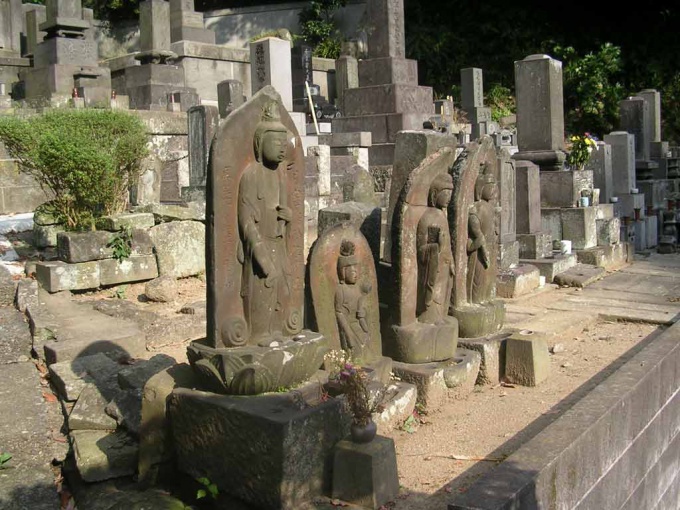Instruction
1
Find the documents confirming the fact of death of the person. Most often it is the death certificate. There must be specified the registry office where the death was registered. Find the address of the registry office and go there.
2
Present the death certificate. If the deceased was your relative, you will be given information about his burial, if not, try to explain your situation and explain how it is important for you to know where the person is buried. The state workers have to listen to you and to give certain data area and an address where the person was registered at the time of death, and who gave permission for the burial of the person and in what cemetery it was.
3
Take a trip to the cemetery and go around all the graves. Pay attention to the dates of death and names of photos on the grave may not be. If you can not find the grave yourself, please contact the cemetery administration – they will help you to find the grave in accordance with the plan of disposal.
4
Contact the relatives of the deceased, if you are his friend or a distant relative, and, therefore, do not have on hand the death certificate of the person. Explain to them how important it is for you to rediscover a connection with those who are no longer around. Most likely, they will tell you where he's buried or at least show a death certificate.
5
Go to the library, where you can find subscription Newspapers of the city, where man, the burial of the killed. In Newspapers you can often find an obituary. The obituary is often the date and place of burial of the person.
6
Go to the archive if you need to find the place of burial of the personwho is buried outside the cemetery were either buried for a very long time (for example, if you are looking for the grave of a distant ancestor). In the archives are qualified professionals who will assist you in finding the right place for burial.












